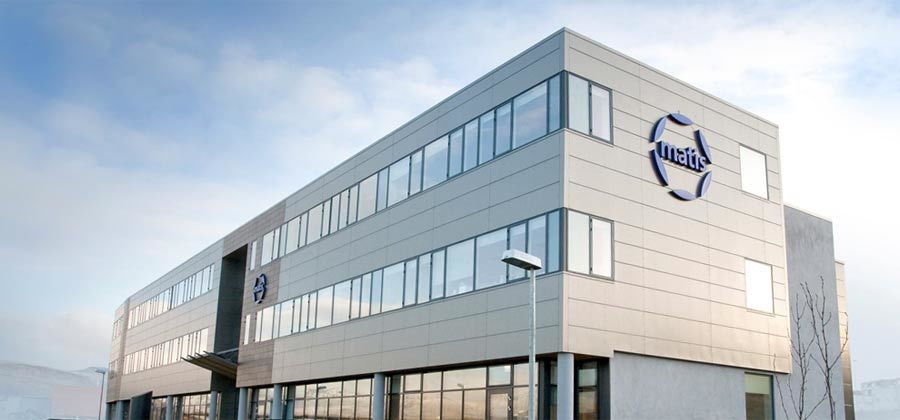Matís has completed a preliminary project that was funded by the Rannís Technology Development Fund in collaboration with the canning factory Ice-W ehf. Grindavík. The project focused on liver enzyme treatment for canning. The aim of the project was to increase the profitability of canning of the liver by reducing production costs and increasing the quality of products.
The aim of the project was achieved by developing and testing a technology that removes membranes and ringworms from the surface of the liver with enzymes. A method of brine salting was also developed for canning instead of putting salt directly into cans with the raw material, as is done today.
The results of the project are promising as they managed to reduce the number of ringworms in the liver by 80%, and soften the membrane significantly. The purpose of removing or softening the membrane surrounding the liver was to provide better and more even dosing in cans and increase utilization, as well as the resulting optimization of the processing process. It is possible to reduce the number of full-time equivalents during liver cleansing, as well as increase the efficiency by 100%, with this method. A grant has been received from AVS to work further on these issues.
The results and benefits of the project mainly consist of new technology for the removal of liver membranes and ringworms, which leads to improved procedures and streamlining of processing. Salt brine salting for canning results in a better and more even quality of product. As a result, the value added of canned liver increases, which creates increased value for seafood for both the company and the nation as a whole.
The project manager is Ásbjörn Jónsson, a specialist at Matís.


